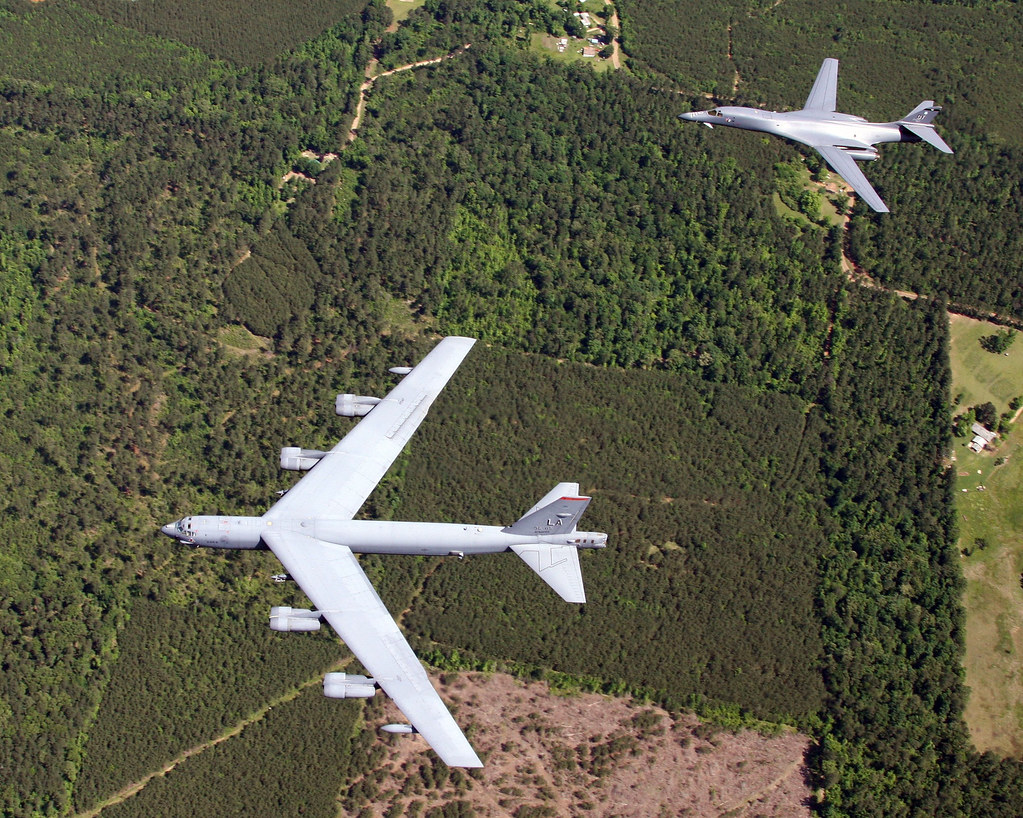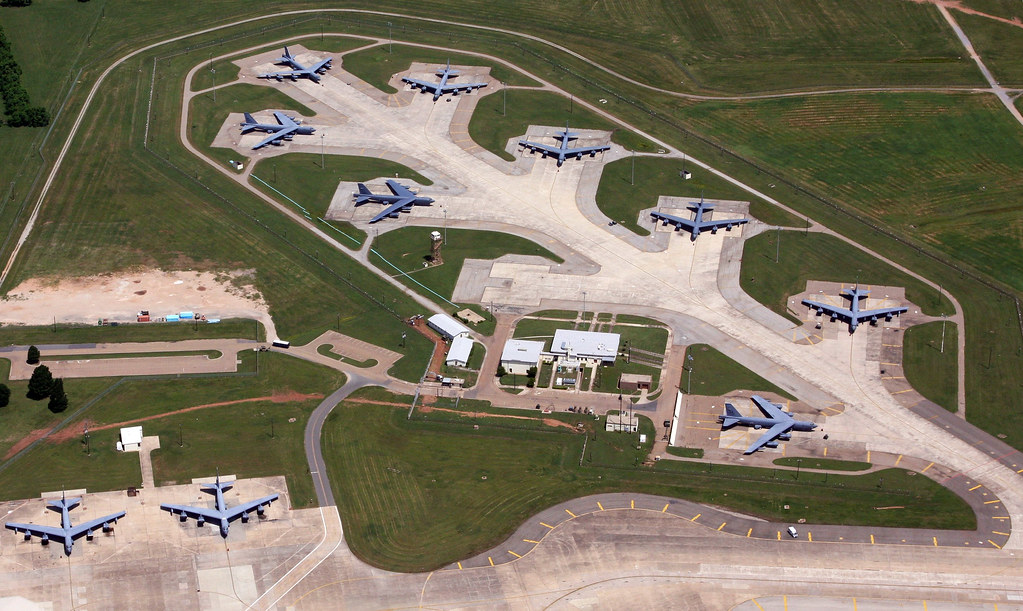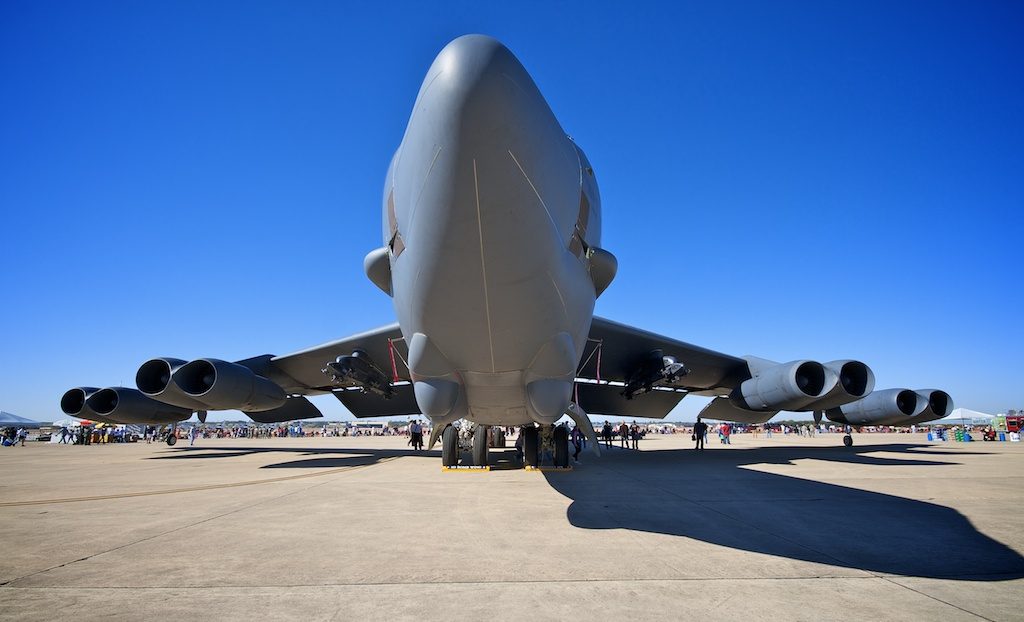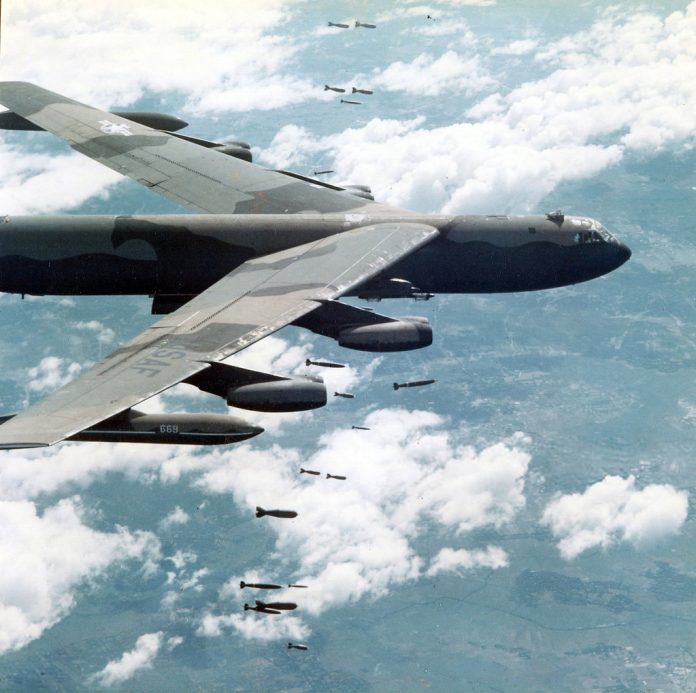
In late 1972, the Vietnam War had dragged on for years, spiraling into a quagmire that entangled military strategies and political complications. December 18 marked the onset of Operation Linebacker II, an air campaign that would not only be a tactical military venture but also a pivotal moment in the diplomatic theater of the Vietnam War. This 11-day operation, initiated by the United States Air Force (USAF), was a massive bombardment campaign targeting North Vietnam’s heartland, with the aim of compelling Hanoi to return to the peace talks in Paris.

Linebacker II, often referred to as “the 11-Day War,” saw the deployment of B-52 Stratofortresses and a host of tactical fighter aircraft, relentlessly hitting military and transportation targets in Hanoi and Haiphong. An unprecedented force of more than 700 nighttime sorties by B-52s and 650 daytime strikes by tactical aircraft brought the North Vietnamese government to the brink, both materially and psychologically.

The airpower strategy employed in Operation Linebacker II had been advocated for years by the USAF as a means to exercise concentrated, sustained air attacks against the enemy’s core infrastructure. Despite the formidable anti-aircraft defenses that had been amassed by 1972, including 145 MiG fighters and 26 SA-2 Guideline surface-to-air missile sites, the USAF meticulously planned the operation to avoid civilian collateral damage and POW camps.

As colossal B-52s dropped over 15,000 tons of bombs, the enemy’s war-support capability took severe hits. The very fabric of North Vietnam’s military infrastructure was shaken. The devastation witnessed from December 18 to December 29, 1972, was unparalleled in the war’s history. Tactical air units, day and night, supported the B-52 bombardments, braving the monsoon season and managing to unleash precision-guided munitions that proved to be worth a hundredfold their counterparts.

However, this victory in the skies was not without cost. The US forces encountered rigorous enemy defense, leading to the loss of 26 aircraft, including 15 B-52 bombers. According to one source, “The United States paid a price for the accomplishments of Linebacker II,” which saw the loss of a substantial number of aircraft to enemy SA-2 missiles, antiaircraft artillery, and MiG fighters. This operational toll on the US armed forces starkly contrasted the unexpected boost in morale it brought to American prisoners of war in Hanoi, who witnessed their captors’ capitulation to the awe of American airpower.

The conclusion of Linebacker II was a testament to the Air Force’s resolve and tactical prowess, but the strategic victory was not without its debates. Some argued that the cessation of bombings was premature and believed that continued pressure could have led to a military defeat for North Vietnam. The peace that was sought in the Paris Peace Accords was short-lived, and the “decent interval” that followed eventually paved the way for North Vietnam to invade the South, leading to the fall of Saigon in April 1975.

Linebacker II has since been analyzed as a critical juncture in the war. It showcased the power and capability of strategic air bombardment while underscoring the complexities of leveraging military might to achieve diplomatic ends. Even as the operation brought the North Vietnamese back to the negotiating table, it also raised questions about the cost and the ultimate utility of such intense military action.
related images you might be interested.









